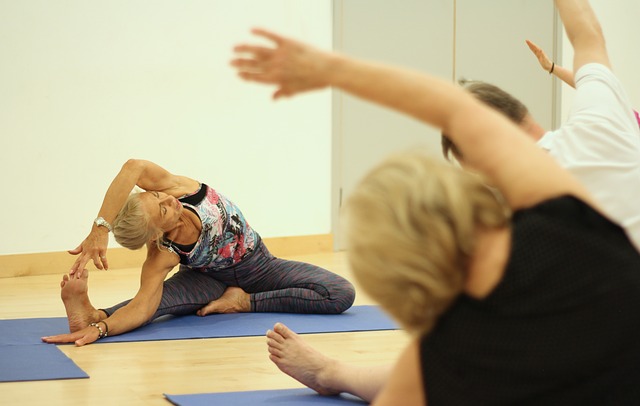On Tuesday, the globe celebrated International Women’s Day. The day takes place each year during Women’s History Month and focuses on celebrating all the different achievements of women: social, economic, cultural and political. This worldwide event brings together groups who not only celebrate these achievements of women but also rally for women’s equality. This year, the March 8 theme from International Women’s Day was, #breakthebias.
You may believe that in 2022, there is no way that there can still be a bias against women. We are all treated the same, right? Wrong! In fact, according to a 2021 study by the National Women’s Law Center, Vermont women were making $0.91 to a man’s dollar. That’s about a 10% reduction from a male’s pay. Women, however, aren’t given a 10% reduction on their taxes, health care costs, or really anything. It’s just a blatant bias in pay, and Vermont is one of the best states out there! Many states pay women nearly 20% less. This is just one of the reasons to #breakthebias.
Women’s health needs also tend to cost more than men due to different basic health requirements that cost money. According to “Period Poverty Research,” commissioned by INTIMINA and conducted by OnePoll, the survey examined respondents’ experiences with period poverty and found 69% think menstrual products are too expensive. The study also revealed that the average woman surveyed spends $13.25 a month on menstrual products ‒ that’s $6,360 in an average woman’s reproductive lifetime (ages 12-52). As you can imagine this is a cause for concern about the health of many women in this world, this country, and even right here in our hometowns. #breakthebias
What about just regular stuff? Women can’t be paying more for a coat, or suitcase than a man, right? Wrong, if you haven’t heard of the “pink tax,” it’s real! Take a stroll over to places like Amazon.com and look up some basic items. Water bottles that are black, blue and green are almost always cheaper than pink or purple. This goes on and on as well, housewares, toiletries, clothing, tools, the pink items, literally cost more. According to healthline.com, “Over the past 20 years, California, Connecticut, Florida, and South Dakota have released reports on gender pricing in their states. In 2010, Consumer Reports highlighted the matter nationally with a study that found at the time, women paid as much as 50% more than men did for similar products.” They go on to give the example of a five-pack of Schick Hydro cartridges in purple packaging costing $18.49, while the same count of Schick Hydro refills in blue packaging cost $14.99. #breakthebias
These are just a few of the ways women are met with unfairness. This goes deeper into the ability to seek proper healthcare, education and services, sexual harassment, violence, and intimidation. We can only imagine what this can do to a woman’s physical and mental health. Medical News Today reports that in a 2020 study, “women with mental health conditions outnumber men by as much as two to threefold, depending on the condition.” We must assume that some of that is based on the bias. #breakthebais
While the feminist movement has made huge strides over the years, and we have months and days that celebrate that, we also need to see this honor and respect pouring into the everyday lives of women. Just being a human being shouldn’t come with bias, but it does. Studies also show that women of color, women with different abilities, and women of different body shapes, incomes, etc. are also treated even worse than the average middle-income white woman. But today, we get to educate ourselves and each other and come together to end this bias. We get to advocate and speak out when it comes to women’s rights and access. We get to encourage the girls around us to dream bigger and to believe they are worth just as much as the people around them. Today we get to decide we won’t add to the bias, we still help to break it!
Ways you can help #breakthebias today are simple. Treat all people with respect. We can encourage diversity not only in our friend’s circle but in the workplace and in leadership roles. We can make donations to food shelves and community care closets that offer women’s products. We can fight for equal pay. We can show true empathy when we see a woman who is up against a bias. We can say, “I believe you.” We can offer rides to appointments. We can fight for affordable childcare. We can learn about important women in history and share those stories. We can vote for people who support women’s rights. We can read the books of women, support their businesses, and share their products. We can share our money with places that fight for women’s equality, healthcare, and support. And the list goes on and on. There is so much we can do as individuals to make sure that the women around us, who’ve raised us, educated us, cared for us, are treated at the very least as equals. Their health and well-being depend on this. Let’s stand together and #breakthebias.
Mary Hoadley
Director of The Wellness Center


